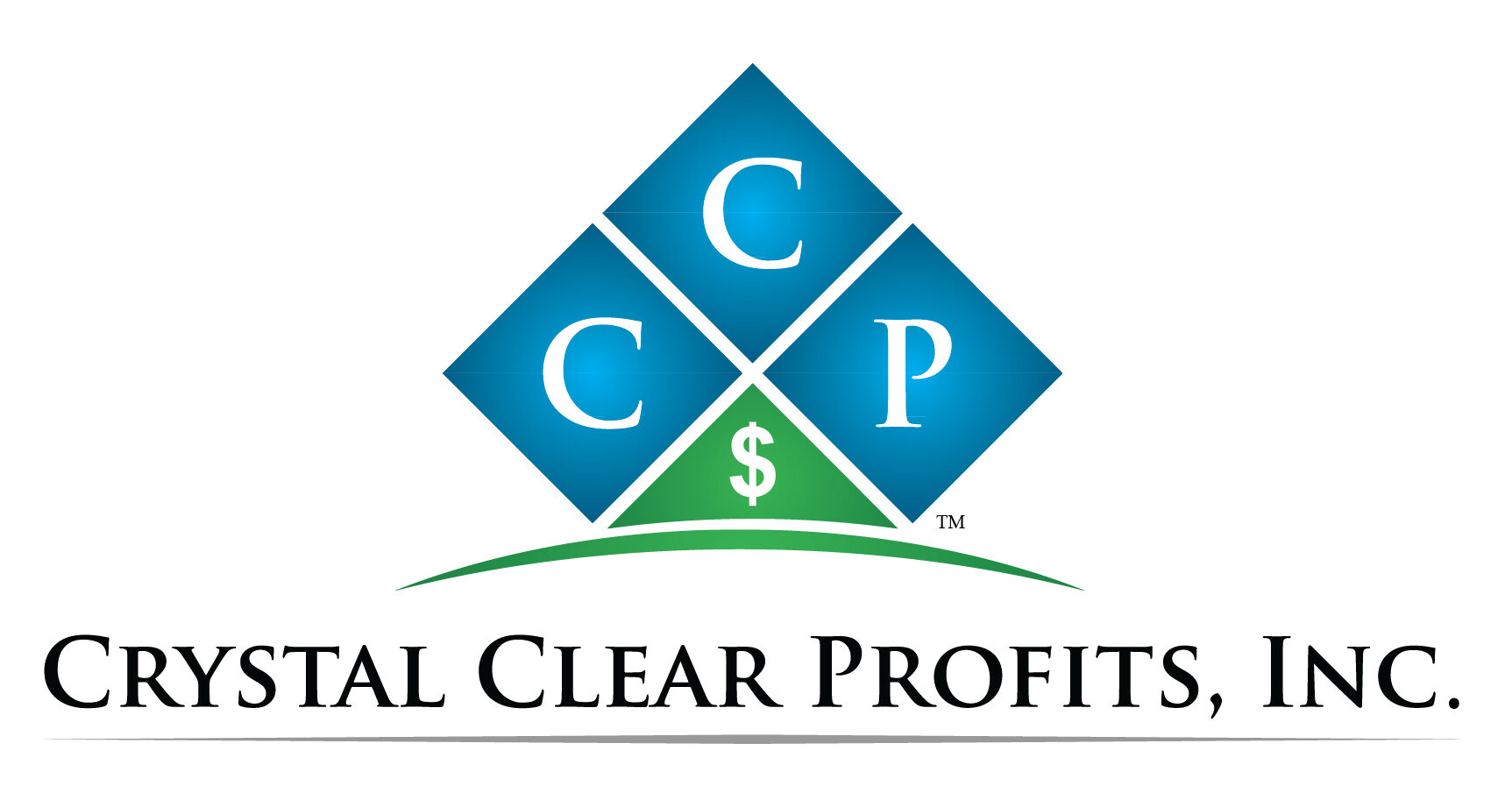When starting a new business, one of the most crucial decisions you’ll make is choosing the right business entity structure. This decision will have long-term implications for your business’s taxes, liability, and operations. While it might be tempting to opt for a structure that someone else has done, it’s essential to understand that different business structures serve different needs and are individual to each person and their financial goals. In this article, we’ll explore various business entity structures and help you determine which one is right for your business.
The Importance of Choosing the Right Business Entity
Choosing the right business entity structure is like laying the foundation for your business for the long-term. It determines how your business will be taxed, how much personal liability you’ll have, and how you’ll manage your business operations. A well-chosen business entity can provide you with legal protections, tax advantages, and operational flexibility. On the other hand, choosing the wrong structure can lead to unnecessary taxes, increased liability, and operational inefficiencies.
Common Business Entity Structures
Sole Proprietorship
A sole proprietorship is the simplest form of business structure, where the business is owned and operated by a single individual. While it’s easy to set up and offers complete control to the owner, it also exposes the owner to unlimited personal liability for the business’s debts and obligations. For a business who wants to be profitable, this is also the highest taxed form of entity.
Partnership
A partnership involves two or more individuals who share ownership of a business. Partnerships can be either general partnerships, where all partners share equally in the business’s profits and losses, or limited partnerships, where one or more partners have limited liability and limited involvement in the business’s operations. This type of entity is what is called a flow-through entity where the profits of the business, will be reported on a K-1 form and ultimately be reported on your personal taxes.
Limited Liability Company (LLC)
An LLC combines the limited liability protection of a corporation with the pass-through taxation of a partnership or sole proprietorship. It offers flexibility in management structure and is relatively easy to set up and maintain. However, LLCs require more formalities than sole proprietorships or partnerships. This form of entity could have additional taxes depending upon the structure and what state the business is operating in.
Corporation
A corporation is a separate legal entity owned by shareholders. It offers the most significant liability protection but could be subject to double taxation—once at the corporate level and again when dividends are distributed to shareholders without proper tax planning. Corporations also require strict compliance with state regulations and formalities. This form of entity currently has a flat tax rate.
Factors to Consider When Choosing a Business Entity
Liability
Consider the level of personal liability protection you need. If you want to protect your personal assets from business debts and lawsuits, a corporation or LLC might be a better choice than a sole proprietorship or partnership.
Tax Implications
Different business structures have different tax implications. Sole proprietorships and Single Member LLC’s are subject to Self-Employment tax of 15.3% on any profits. Partnerships and S-Corporation offer pass-through taxation, meaning business profits and losses are passed through to the owners’ personal tax returns. Corporations, on the other hand, are subject to double taxation but may benefit from lower tax rates on business income.
Operational Flexibility
Think about how you want to manage and operate your business. Do you want a flexible management structure, or are you looking for a more structured approach with defined roles and responsibilities?
Cost and Complexity
Consider the costs associated with setting up and maintaining each business structure. Sole proprietorships and partnerships are generally less expensive and less complex to set up than corporations or LLCs.
Choosing the right business entity structure is a critical decision that requires careful consideration of your business’s needs, goals, and circumstances. While there’s no one-size-fits-all solution, understanding the pros and cons of each business structure can help you make an informed decision that best serves your business’s interests.
Whether you’re a sole proprietor looking for simplicity or a growing enterprise seeking scalability, there’s a business entity structure that’s right for you. Take the time to research and consult with legal and financial professionals to ensure you choose the structure that aligns with your business objectives and sets you up for long-term success. Do you need more information? Book a 30 minute free consultation here to see which is the right entity choice for your business.
